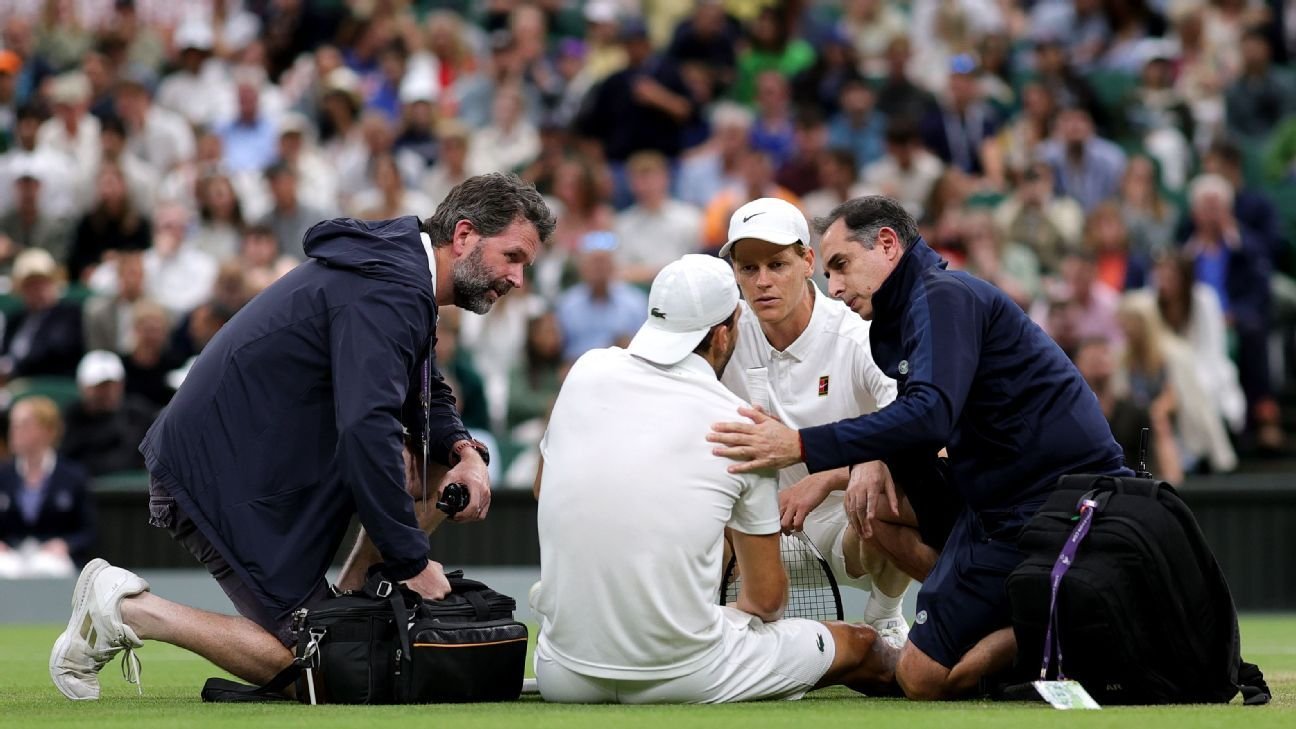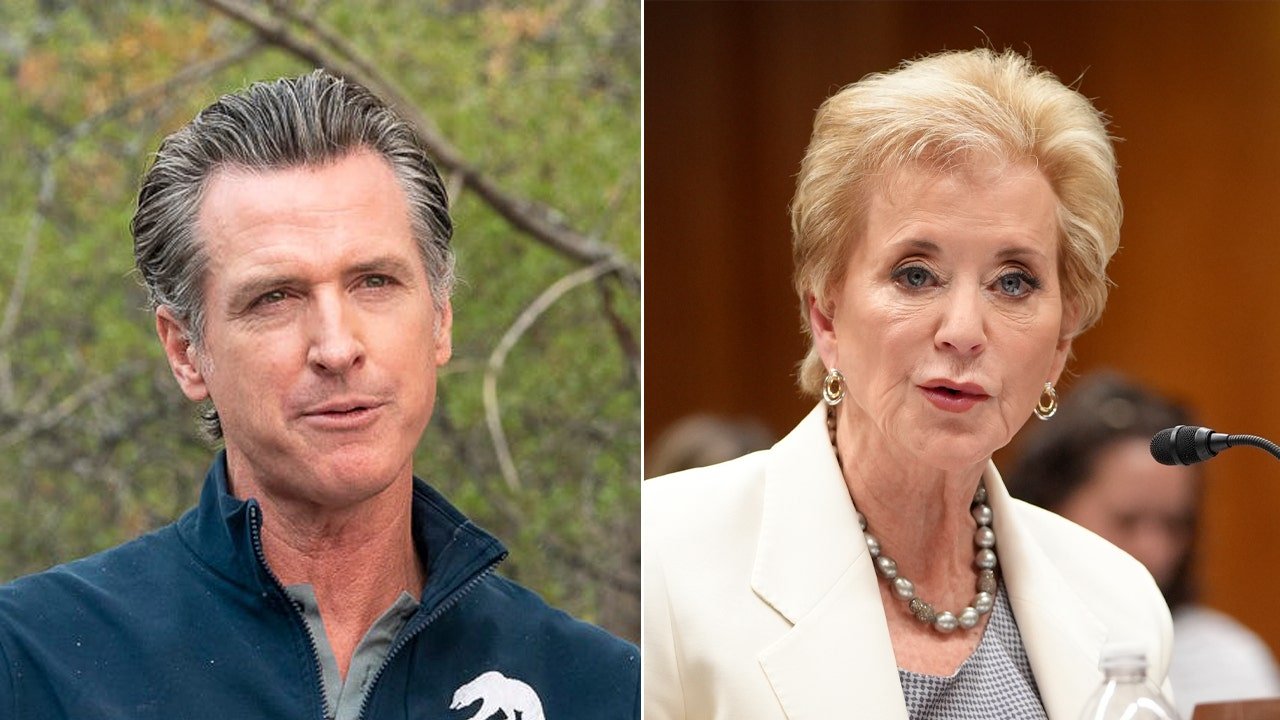Last Updated:June 28, 2025, 07:00 IST
On this National Insurance Awareness Day, experts from across the insurance ecosystem point to deeper roadblocks beyond just low awareness.
National Insurance Awareness Day
National Insurance Awareness Day: India’s insurance penetration remains very low in comparison to the global average. Overall insurance penetration has seen a modest fall to 3.7 per cent for FY2023-24 in comparison to 4 per cent in FY2022-23, according to the Insurance Regulatory and Development Authority of India (IRDAI) Annual Report for 2023-24.
Not only does insurance penetration remain abysmally low in India, but also density too. India’s insurance density—which reflects the average insurance premium paid per person—stood at USD 95 in 2023-24. In comparison, the global average insurance density was significantly higher at USD 889, with USD 361 from life insurance and USD 528 from non-life insurance
Despite rapid digitisation and regulatory push, the overall penetration remains very low. On this National Insurance Awareness Day, experts from across the insurance ecosystem point to deeper roadblocks beyond just low awareness—ranging from affordability and access to trust deficits and product complexity.
The Real Barrier: Mindset, Not Just Money
While the cost of insurance is often cited as a deterrent, industry leaders argue that the bigger challenge lies in how insurance is perceived.
Many Indians continue to view insurance not as a risk buffer but as an investment or a tax-saving tool. “Affordability is more of a perception issue than an actual financial hurdle,” said Udayan Joshi, Chief Operating Officer at SBI General Insurance. “The real need is for protection-oriented products at reasonable price points that people can relate to and see value in.”
Healthcare inflation further complicates this picture, argued Amitabh Jain, Chief Operating Officer of Star Health and Allied Insurance. Even though, he added, some health plans cost as little as Rs 13 a day, rising hospitalisation costs and fraud-related premiums add to the affordability anxiety. The average consumer remains unsure about the utility of buying insurance unless faced with a crisis.
The Complexity Conundrum
Even when consumers are ready to buy, they often find insurance policies hard to navigate. “Lengthy policy documents, jargon, and technical terms deter many, especially in rural and semi-urban India,” pointed out an insurance industry veteran.
Saurabh VijayVergia, Founder and CEO of insurtech platform CoverSure added that insurance is still being “sold as a one-time product”, with minimal post-sale engagement. As a result, trust remains elusive. “We need to move from policy selling to supporting people throughout their insurance journey—transparently and consistently.”
Can Micro Products Solve Macro Problems?
Sachet insurance and pay-as-you-use (PAYU) models have been seen as innovative ways to extend coverage to low-income and rural users. When done well, they are simple, affordable, and easily distributed through mobile wallets or mobility platforms.
However, not everyone is convinced of their long-term value. Critics argue that these micro-covers sometimes offer the illusion of protection without truly addressing risk. “Unless we shift the focus from affordability to adequacy, sachet insurance may remain a tick-box exercise, not a real safety net,” noted VijayVergia.
Still, when designed right and bundled with local services like agri-inputs or daily commute platforms, sachet insurance has the potential to bring first-time users into the fold.
Narendra Bharindwal, President of the Insurance Brokers Association of India (IBAI), believes sachet insurance and usage-based models are promising—especially for Bharat (rural and low-income India).
“When bundled with mobile wallets or agri-tech platforms, these models can reach deep into underserved populations. But they must come with robust claims support and simple communication.”
Embedded Insurance: A Bridge with Conditions
One solution gaining momentum is embedded insurance—cover that’s built into consumer journeys like loan applications, e-commerce purchases, or travel bookings.
“Embedded insurance reduces decision fatigue. It meets people at the right moment, in a context they understand,” noted Amitabh Jain. Travel insurance is already seeing success this way.
But the success of embedded insurance hinges on clarity and usefulness, not upselling. Bharindwal warned that many consumers still ignore embedded insurance because they don’t understand what’s covered or how to make a claim. “Transparency and education are vital. Without them, embedded insurance becomes just another passive feature.”
Where Do We Go From Here?
If India is to close the insurance gap meaningfully, it must focus not just on selling more policies but on building trust, simplifying products, and integrating insurance meaningfully into people’s lives.
As one expert rightly put it: “People don’t buy insurance. They buy peace of mind. The industry’s job is to deliver that – clearly, affordably, and consistently.”

Varun Yadav is a Sub Editor at News18 Business Digital. He writes articles on markets, personal finance, technology, and more. He completed his post-graduation diploma in English Journalism from the Indian Inst…Read More
Varun Yadav is a Sub Editor at News18 Business Digital. He writes articles on markets, personal finance, technology, and more. He completed his post-graduation diploma in English Journalism from the Indian Inst… Read More
- First Published:
#Indias #Insurance #Penetration #Perception #Price #Hurdle #Experts #Business #News



